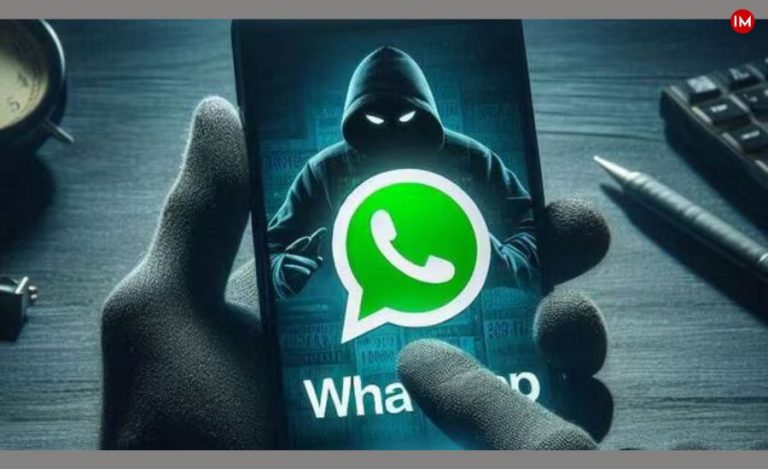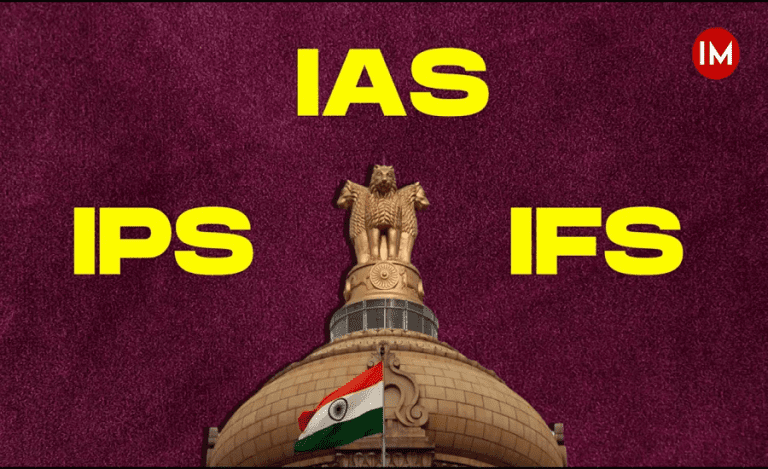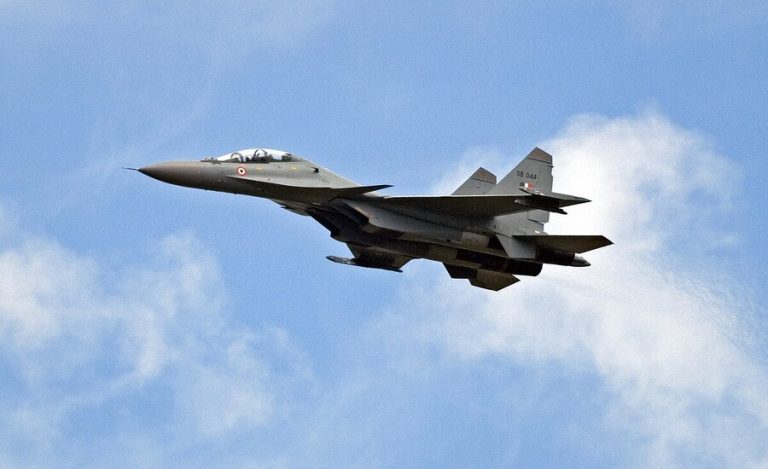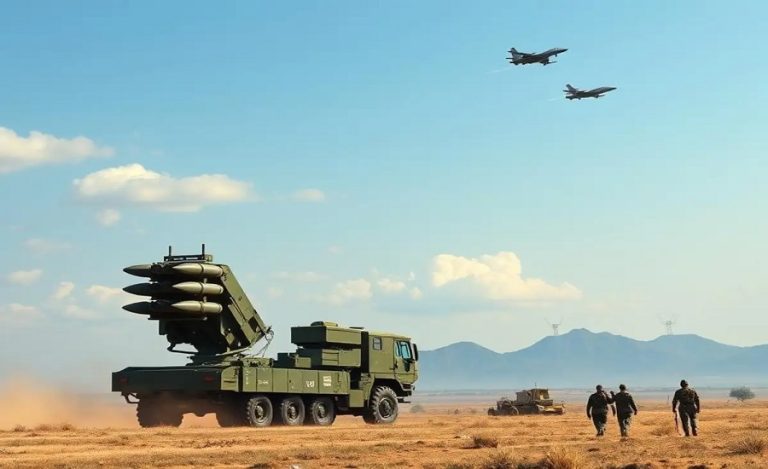New Delhi: In a significant stride toward strengthening India’s indigenous defense capabilities, the Defence Research and Development Organisation (DRDO) has initiated the development of the cutting-edge Quadrature Monopulse Frequency (QMF) seeker.
This breakthrough technology represents India’s commitment to advanced radar-guided targeting systems for next-generation missiles and autonomous platforms, reducing import dependencies while bolstering national security.
Understanding the QMF Seeker Technology
The Quadrature Monopulse Frequency seeker is part of India’s ambitious drive for sophisticated missile guidance systems. This advanced radar processing technique enables missiles to accurately determine the angular position of targets with unprecedented precision.
Read Also: DRDO’s Indigenous Military Combat Parachute System Successfully Tested at 32,000 Feet
The technology significantly improves a missile’s guidance accuracy, operational range, and resistance to enemy countermeasures. In modern warfare scenarios where adversaries deploy advanced electronic jamming systems, the QMF seeker’s resilience becomes crucial.
How Quadrature Monopulse Frequency Seeker (QMF) Technology Works
Quadrature Monopulse represents a refined radar signal processing method that measures the angular position of moving or evasive targets with exceptional accuracy.
The system operates by generating sum and difference signals, allowing robust directional discrimination even in noisy or cluttered environments. This capability enhances guidance accuracy for both semi-active and fully autonomous seekers.
Technical Excellence and Capabilities of QMF seeker
A QMF seeker typically utilizes dual-channel detection and processing, incorporating in-phase and quadrature components. This sophisticated architecture excels at separating direct signals from multipath or reflected signals.
The result is improved target lock capability and enhanced resilience to electronic countermeasures and signal jamming. The architecture also supports Doppler processing and multi-target discrimination within complex engagement scenarios.
Quadrature Monopulse techniques drastically boost terminal guidance reliability, especially for high-velocity and maneuvering targets. The integration of QMF seekers addresses modern missile requirements for challenging environments with advanced active countermeasures and low-observable threats.
Strategic Importance of QMF seeker for Indian Defense
DRDO’s focus on QMF technology aligns with broader national efforts to indigenize sophisticated missile seeker technologies. This development minimizes import dependencies and strengthens national security architecture.
The technology finds applications across multiple platforms including air-to-air missiles, surface-to-air defense systems, and guided munitions platforms. The versatility of QMF seekers makes them invaluable for India’s comprehensive defense strategy.
Integration with Existing Systems
The Prithvi Air Defence (PAD) system, a crucial component of India’s Ballistic Missile Defence Programme, reportedly utilizes QMF seeker technology for target acquisition.
The PAD missile is an exo-atmospheric interceptor designed to neutralize incoming ballistic missiles at altitudes up to 80 kilometers. With a range of 300-2,000 kilometers and speeds exceeding Mach 5, the PAD system represents India’s premier high-altitude interception capability.
Research Centre Imarat’s Critical Role
Research Centre Imarat (RCI), a premier laboratory of Dr. APJ Abdul Kalam Missile Complex in Hyderabad, plays a pivotal role in developing advanced seeker technologies for DRDO.
Established by Dr. APJ Abdul Kalam in 1988, RCI spearheads research and development in missile systems, guided weapons, and advanced avionics for the Indian Armed Forces. The laboratory specializes in Control Engineering, Inertial Navigation, Imaging Infrared seekers, RF Seekers & Systems, On-board Computers, and Mission Software.
RCI has successfully developed active Ku and X-band monopulse radio-frequency seekers for various missile systems including the Quick Reaction Surface-to-Air Missile (QRSAM) and other defense platforms.
Future Applications and Development
The QMF seeker is positioned to become integral to next-generation Indian missiles and anti-drone systems. The technology supports both stand-alone and multi-mode navigation architectures.
This initiative will likely spawn wider research collaborations and technology transfers within India’s defense sector. The development represents a crucial step toward achieving complete self-reliance in critical defense technologies.
Industry experts anticipate that QMF seeker technology will be incorporated into various platforms including the BrahMos-NG, advanced air defense systems, and unmanned aerial vehicle launched precision guided missiles.
QMF seeker: An Advanced Step in Atmanirbhar Bharat in Defense
The QMF seeker development exemplifies India’s commitment to ‘Atmanirbhar Bharat’ (Self-Reliant India) in the defense sector. By indigenizing critical technologies, India reduces strategic vulnerabilities associated with foreign dependencies.
This approach also fosters domestic research and development capabilities, creates high-skilled employment opportunities, and positions India as a potential exporter of advanced defense technologies.
Global Context and Competition
India joins an elite group of nations developing advanced seeker technologies. Countries like the United States, Russia, Israel, and China have established capabilities in this domain.
The development of QMF seeker technology demonstrates India’s determination to maintain technological parity with global powers while protecting its strategic interests.
Industry Collaboration and MSME Participation
DRDO’s approach emphasizes collaboration with Indian public and private sector enterprises. Over 30 micro, small, and medium enterprises (MSMEs) and startups contribute to various missile development programs.
This ecosystem approach accelerates innovation, reduces costs, and distributes technological capabilities across India’s defense-industrial base.
Challenges and Way Forward
Developing sophisticated seeker technology presents numerous technical challenges including miniaturization, environmental hardening, and ensuring reliability under extreme conditions.
Read Also: DRDO and SECI Sign MoU to Develop 300 MW Solar Projects and Achieve Net-Zero Campuses by 2027
DRDO’s systematic approach involving rigorous testing, simulation, and incremental improvements ensures that the QMF seeker meets stringent operational requirements.



























